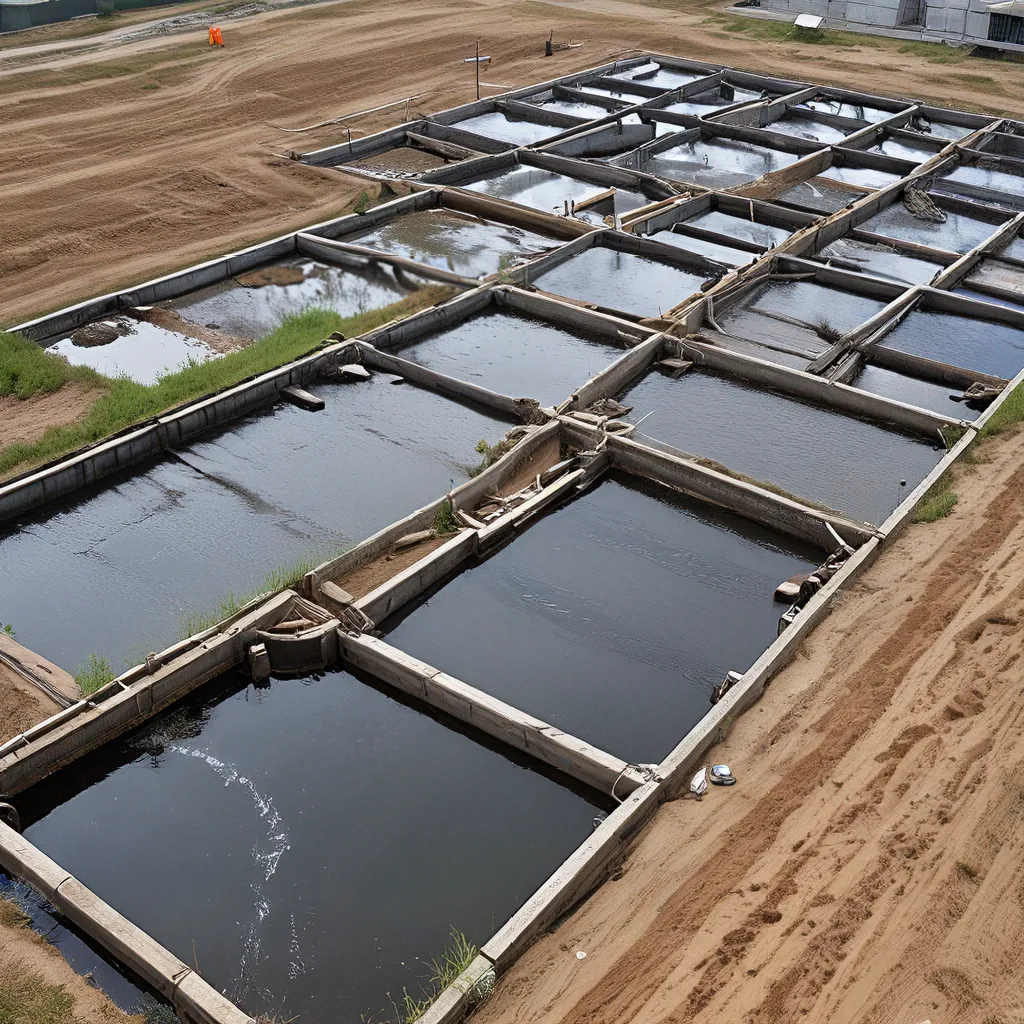
The Challenges of Extreme Weather and Disaster Response
As a mayor, I’ve seen firsthand the devastating impact that natural disasters can have on communities. In my hometown of South Bend, we experienced a 500-year flood and a 1000-year flood within just 18 months of each other. These catastrophic events, which were once considered rare occurrences, are now becoming more and more commonplace due to the effects of climate change.
The science is clear – extreme weather events are increasing in frequency, intensity, and impact. In the last three years, the U.S. has experienced a historic number of billion-dollar disasters, costing us an average of $150 billion per year. These disasters disproportionately threaten people with low incomes, often in Black and Latinx communities, who are also less able to recover in the aftermath.
I’ve seen the frustration that sets in for local communities when federal disaster response falls short or takes too long. Agencies like FEMA and HUD often don’t share enough data, preventing seamless coordination and leaving people in need struggling to navigate a bureaucratic maze. Even when sufficient funding is available, it can take years for it to reach the communities that need it most.
Rethinking Disaster Preparedness and Recovery
It’s clear that we need a new approach to disaster preparedness and recovery – one that focuses on building resilient communities that can withstand and bounce back from the challenges to come. This requires a holistic, systematic approach that brings together all the key stakeholders – from federal agencies to state and local officials to volunteer organizations.
That’s why, within my first 100 days in office, I plan to set up a Community-Centered Disaster Commission to review and make recommendations for streamlining the process. This commission will bring together everyone involved in disaster response and rebuilding, with the goal of improving coordination, reducing bureaucratic barriers, and empowering communities to take an active role in preparing for and recovering from disasters.
One of the Commission’s key priorities will be to find ways to reduce the impacts of disasters through a national culture of disaster resilience. This means taking proactive steps to modernize our infrastructure, make smart choices about where and how we build, and leverage innovative technologies to help communities prepare for the worst.
Empowering Communities and Leveraging Partnerships
A crucial part of this resilience-building effort will be empowering communities to take the lead. After all, local leaders know their unique needs and challenges better than anyone. That’s why the Disaster Commission will work closely with state, local, and tribal officials to develop tailored solutions and provide the resources and support they need to implement them.
But we can’t do it alone. Private sector partnerships will also be essential to preparing our communities for the future. Major companies can provide critical services and technologies, like drones for surveying damage and locating survivors, during the immediate aftermath of a disaster. But they should also be a part of the long-term planning and resilience-building efforts.
By harnessing the power of existing technologies and encouraging smart, innovative solutions, we can help communities become more resilient to the challenges posed by climate change and extreme weather events. The threat is too big for government to solve alone – we need to work together, across all sectors, to protect our communities and safeguard our future.
Strengthening FEMA and Improving Disaster Response
Of course, even with proactive resilience-building efforts, disasters will still occur. When they do, we need to ensure that FEMA and other first responders have the resources, training, and capabilities they need to provide immediate, effective disaster relief.
That’s why, in addition to setting up the Disaster Commission, I plan to take several steps to strengthen FEMA’s capabilities:
Upgrade FEMA’s Communications Tools: Equip FEMA with innovative, rapidly-deployable technologies like satellite Wi-Fi hotspots and mesh networks to help communities regain communications and get back on their feet as quickly as possible.
Modernize 911 Systems: Support the upgrade to Next Generation 911 (NG911) systems, which can re-route calls and receive text, multimedia, voice, and location data during disasters, ensuring that emergency communications remain resilient.
Increase Disaster Response Personnel: Quickly increase the number of FEMA-qualified, trained disaster workers to ensure that first responders can be rapidly deployed to the scene when disaster strikes.
By investing in these critical capabilities, we can ensure that FEMA and other emergency responders are better equipped to save lives and provide the support communities need when they’re at their most vulnerable.
Building a Resilient Future, Together
The challenges posed by climate change and extreme weather events are immense, but I believe that by working together – across all levels of government, the private sector, and our communities – we can build a more resilient future.
It won’t be easy, and there will undoubtedly be setbacks and obstacles along the way. But if we approach this challenge with creativity, innovation, and a collaborative spirit, I know that we can create the kind of disaster-resilient systems that will protect our communities and safeguard our collective future.
So let’s get to work. The time to act is now, before the next disaster strikes. By investing in resilience and empowering our communities, we can save lives, reduce the cost of rebuilding, and create a more secure, prosperous future for all.